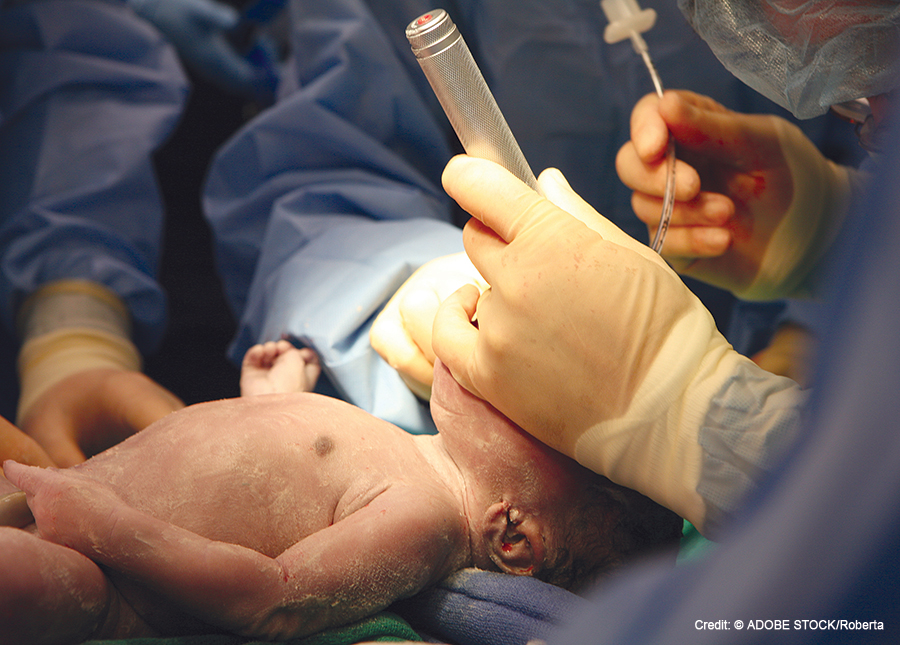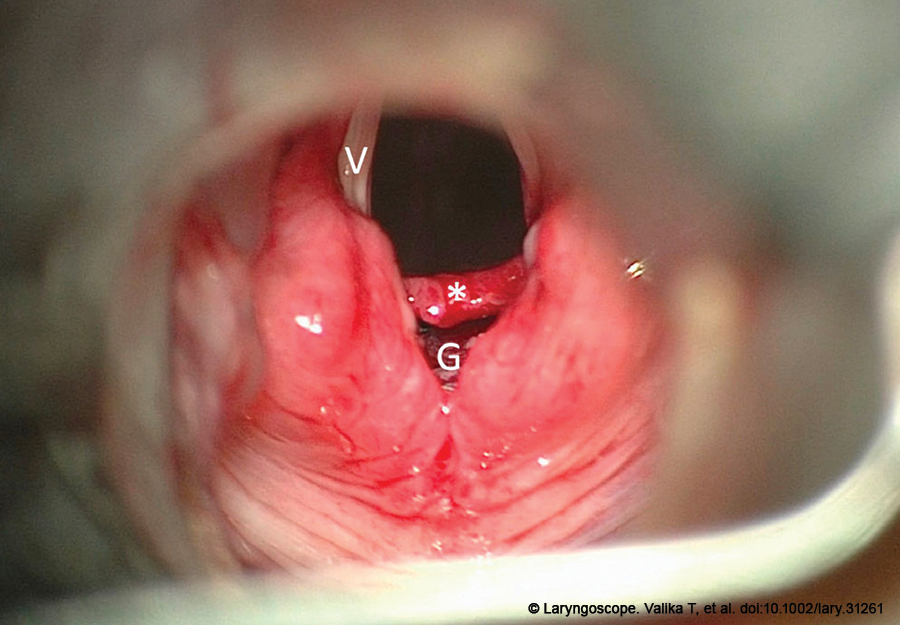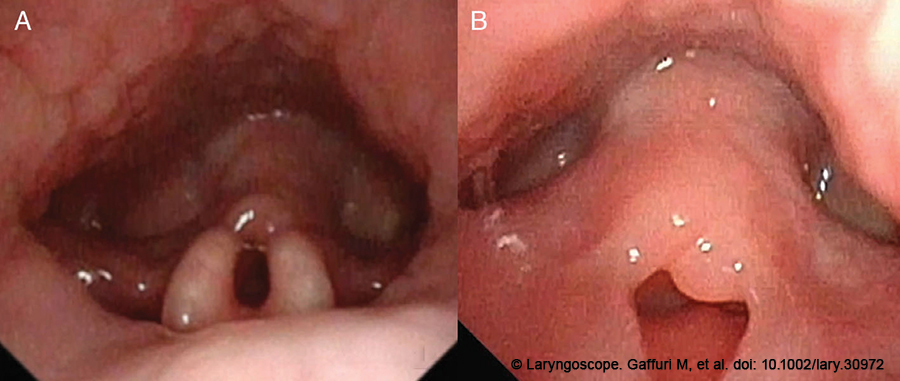Otolaryngologists charged with the care of infants affected by GERD should advocate for the avoidance of rice products in thickening feeds and opt instead for safe alternatives such as oatmeal, barley, wheat, and maize.

The Best Site for Pediatric TT Placement: OR or Office?

BREATHE-ing New Life into the Care of Pediatric Tracheostomy Patients
The BREATHE (Boosting REsources And caregiver empowerment for Tracheostomy care at HomE) study is a five-year, six-hospital trial that will advance understanding of how hospitals can better support caregivers of children with tracheostomies as they resume life, work, and family activities after discharge.
Topical Beta-Blocker Effective First-Line Treatment for Infantile Hemangioma
The topical beta-blocker timolol can be an effective first-line treatment for controlling symptoms of ulcerated IHs; however, its use should be carefully monitored.
Adenotonsillectomy: Watching/Waiting Comparable to Watchful Waiting for Children with Mild Sleep-Disordered Breathing
Early adenotonsillectomy compared with watchful waiting and supportive care in children with mild sleep-disordered breathing (SDB) did not significantly improve executive function or attention at 12 months.

Video Laryngoscopy Improved Chance of Successful Intubation in Neonates
Using a video laryngoscope, versus direct laryngoscopy, when intubating infants can increase the odds of a successful intubation on the first attempt

Antibiotics Effective for Acute Sinusitis in Kids, but Observational Approach Also Acceptable
A recent meta-analysis of six pediatric sinusitis studies demonstrated that antibiotics are effective in treating sinusitis in children

Parents Have Concerns about How Surgeons Share Images of Pediatric Patients on Social Media
Social media is commonly used by physicians to share knowledge, provide medical education materials, and even seek peer advice. But is enough being done to protect patient privacy, especially for younger patients?

How To: The Airway Pocket, A Novel Advancement in Endoscopic Submucosal Placement of Posterior Cartilage Graft
Traditional approaches to laryngotracheal reconstruction have relied on open transcervical approaches. With the growth of endoscopic techniques, there have been multiple advances in minimally invasive procedures to augment airway stenosis in pediatric patients.

3D-4K Exoscope-Assisted CO2 Laser Supraglottoplasty for Severe Laryngomalacia in a Pediatric Patient
Laryngomalacia (LM) is the most common congenital laryngeal anomaly caused by a delay in the maturation of supporting laryngeal cartilages. Three-dimensional exoscopy has had satisfactory and promising results in adults, but only a few pediatric series have been published.